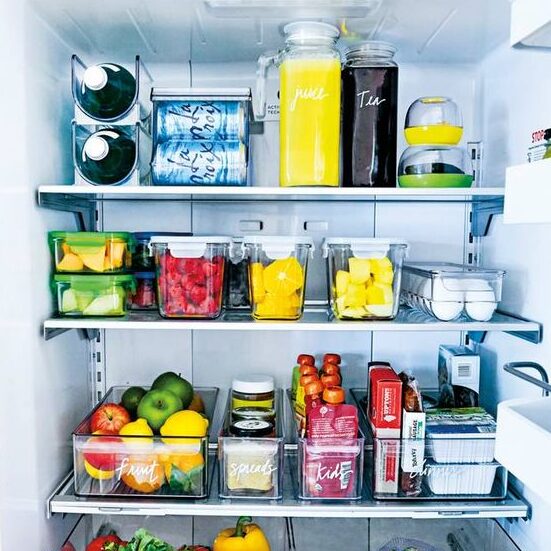Kimchi and kefir and kraut, oh my. Get it? Ok, moving on.

Gut health is a topic I will always get excited over. It links to so many different areas in our body – it is our second brain, playing a huge part in how we feel short-term and long-term.
I’d like to start with the basics.
Probiotics are microorganisms found naturally in our gut with certain health benefits. While they are organically in our digestive tract, we can also get probiotics through food we eat – in yogurt, sauerkraut, kefir, tempeh, kimchi, miso, kombucha, and certain aged cheeses. You can also now find them in some cottage cheeses or non-dairy yogurts with live active cultures written in the ingredient list.
With one hundred trillion bacteria in our gut, probiotics can help populate more of the good bacteria that is important for our immune system. Probiotics can specifically benefit those managing certain chronic gastrointestinal diseases.
For further benefit and prevention, a healthy balance of microorganisms in our digestive tract is also key in boosting and supporting our overall health status. Having poor gut health may affect your weight with a higher risk of obesity and other chronic diseases; poorly alter the body’s regulation of blood sugar; influence difference skin conditions such as acne or Psoriasis; cause changes in memory, mood and learning as well as increasing Anxiety and Depression.
“In fact, 95% of the body’s supply of serotonin is produced by gut bacteria…”1
We also want to make sure we are cultivating good bacteria in our gut by consuming a healthy, balanced diet, while adding more probiotic-rich foods in. That’s where those pre biotics come into play. Prebiotics are types of fiber that nourish (or feed) on the probiotics. Just like we need food to live, so do the probiotics. Certain foods considered prebiotics are garlic, onions, asparagus, bananas, leaks, and whole grains.
To put in into a more basic understanding – whatever we eat, our gut will feed off of – so whether you choose healthful, fibrous produce and grains or processed, sugary foods, this will either allow the bacteria to thrive or create more bad bacteria.
Aside from probiotics, other practices to boost the gut is getting adequate sleep, moving your body regularly, reducing stress level, minimizing antibiotic use, limiting alcohol and sugar intake, and eliminating artificial sweeteners.
Did we cover enough? Let’s take some time to digest all of this (yes, pun intended) and set a goal to include at least one source of probiotics into your nutrition plan this week.
Stay well. Xo
Whiteman H. The gut microbiome: How does it affect our health? Medical News Today. https://www.medicalnewstoday.com/articles/290747. Published March 11, 2015. Accessed May 6, 2020.
Marengo K. What are the best probiotics? Types, sources, and how to choose. Medical News Today. https://www.medicalnewstoday.com/articles/327389. Published December 24, 2019. Accessed May 7, 2020.
Ochoa-Repáraz J, Kasper LH. The Second Brain: Is the Gut Microbiota a Link Between Obesity and Central Nervous System Disorders? Current obesity reports. https://www.ncbi.nlm.nih.gov/pmc/articles/PMC4798912/. Published March 2016. Accessed May 7, 2020.
Klemm S. Prebiotics and Probiotics Creating a Healthier You. EatRight. https://www.eatright.org/food/vitamins-and-supplements/nutrient-rich-foods/prebiotics-and-probiotics-creating-a-healthier-you. Published February 7, 2020. Accessed May 6, 2020.
Salem I, Ramser A, Isham N, Ghannoum MA. The Gut Microbiome as a Major Regulator of the Gut-Skin Axis. Frontiers in microbiology. https://www.ncbi.nlm.nih.gov/pmc/articles/PMC6048199/. Published July 10, 2018. Accessed May 8, 2020.



